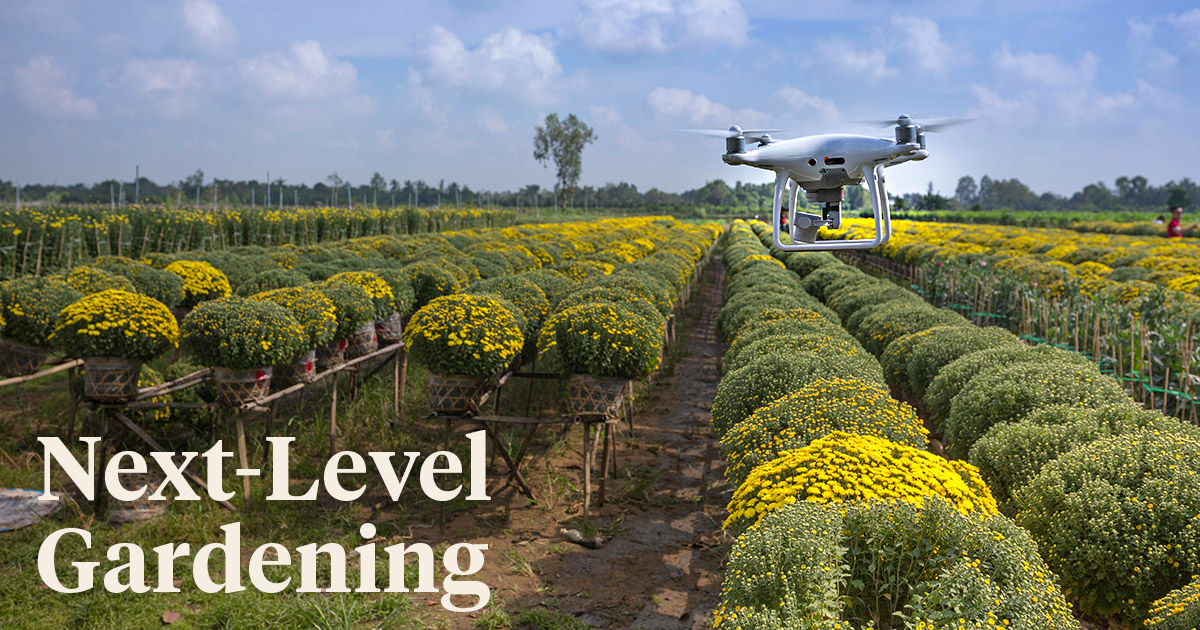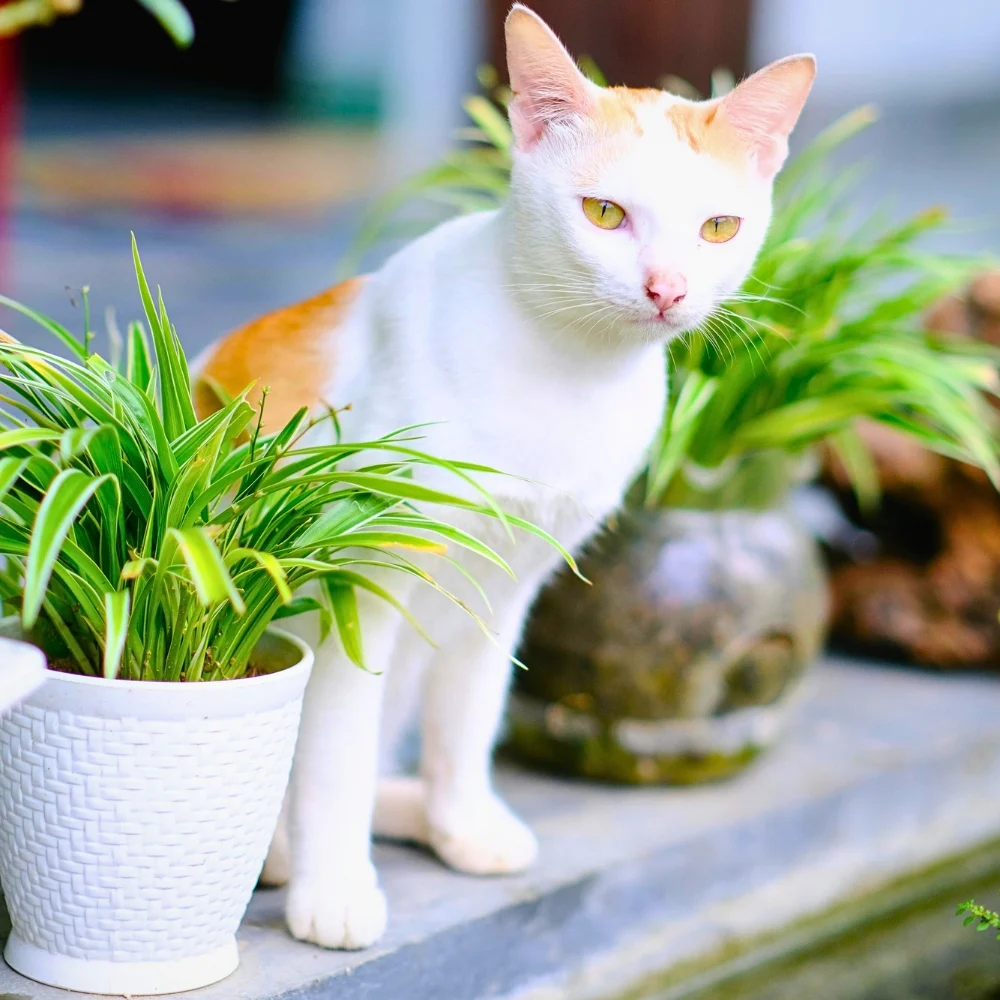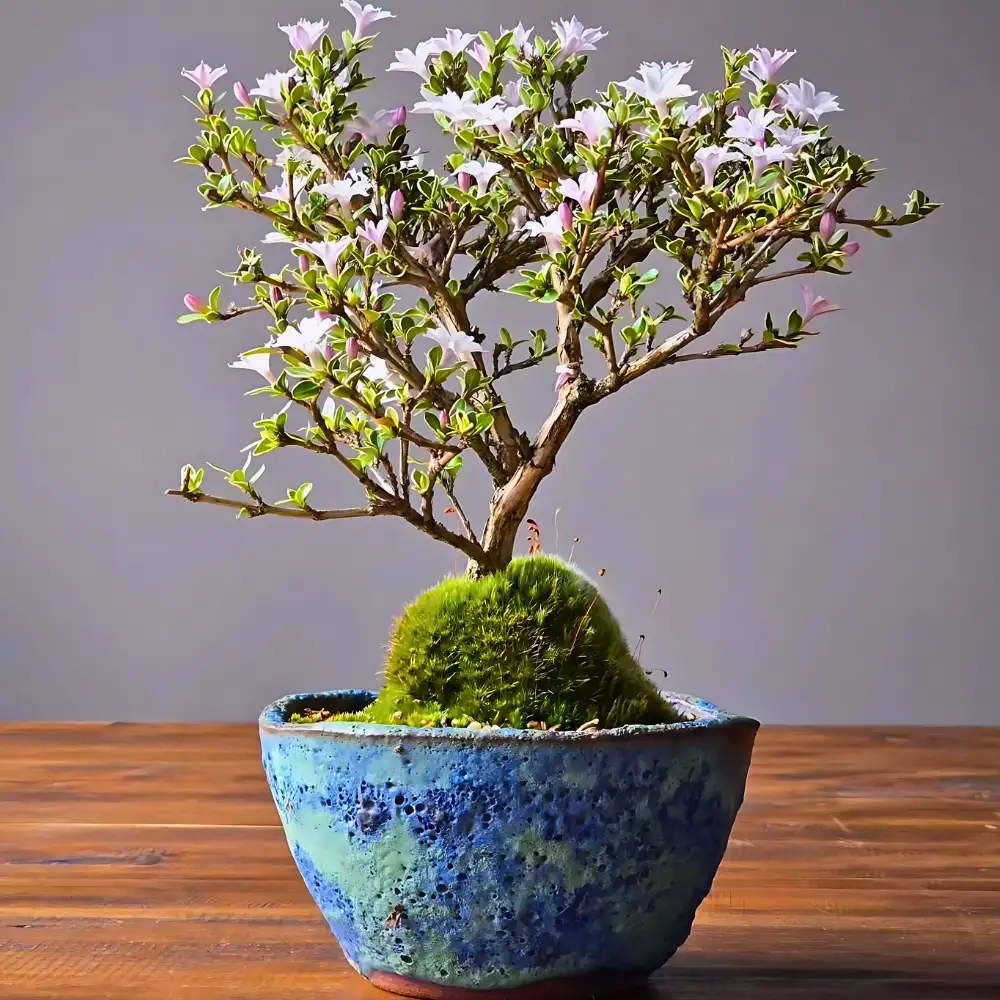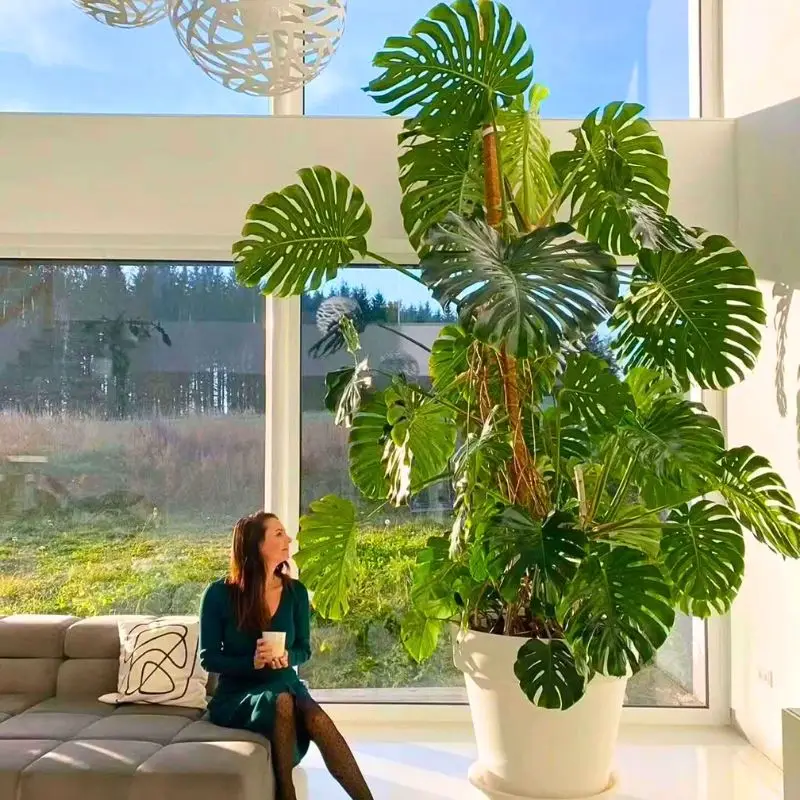They say the future is already here, and this is true going by all the tech-driven innovations currently taking over, virtually, all facets of humankind. Gone are the days when things were done manually, and in their place, automation is taking over. Artificial intelligence (AI), a key component of technology, is practically taking the world by storm, demonstrating just how tech is revolutionizing modern living.
Gardening, for instance, used to be solely an analog activity, relying on the keen observations and intuitions of green-thumbed enthusiasts. But not anymore, today, AI-powered tools and systems are helping gardeners and horticulturists predict trends, optimize their practices, enhance plant health, and cultivate thriving indoor and outdoor spaces with greater efficiency and precision. Let's take a closer look at next-level gardening.
Future Gardening Trends as Predicted by AI
With this in perspective, new research from the Ideal Home Show deployed AI to predict the next three decades of gardening trends, with gardening expert David Domoney indicating that 'science fiction…could [soon] become science fact,’ and that AI has focused the spotlight on the possibilities that the future holds for gardening.
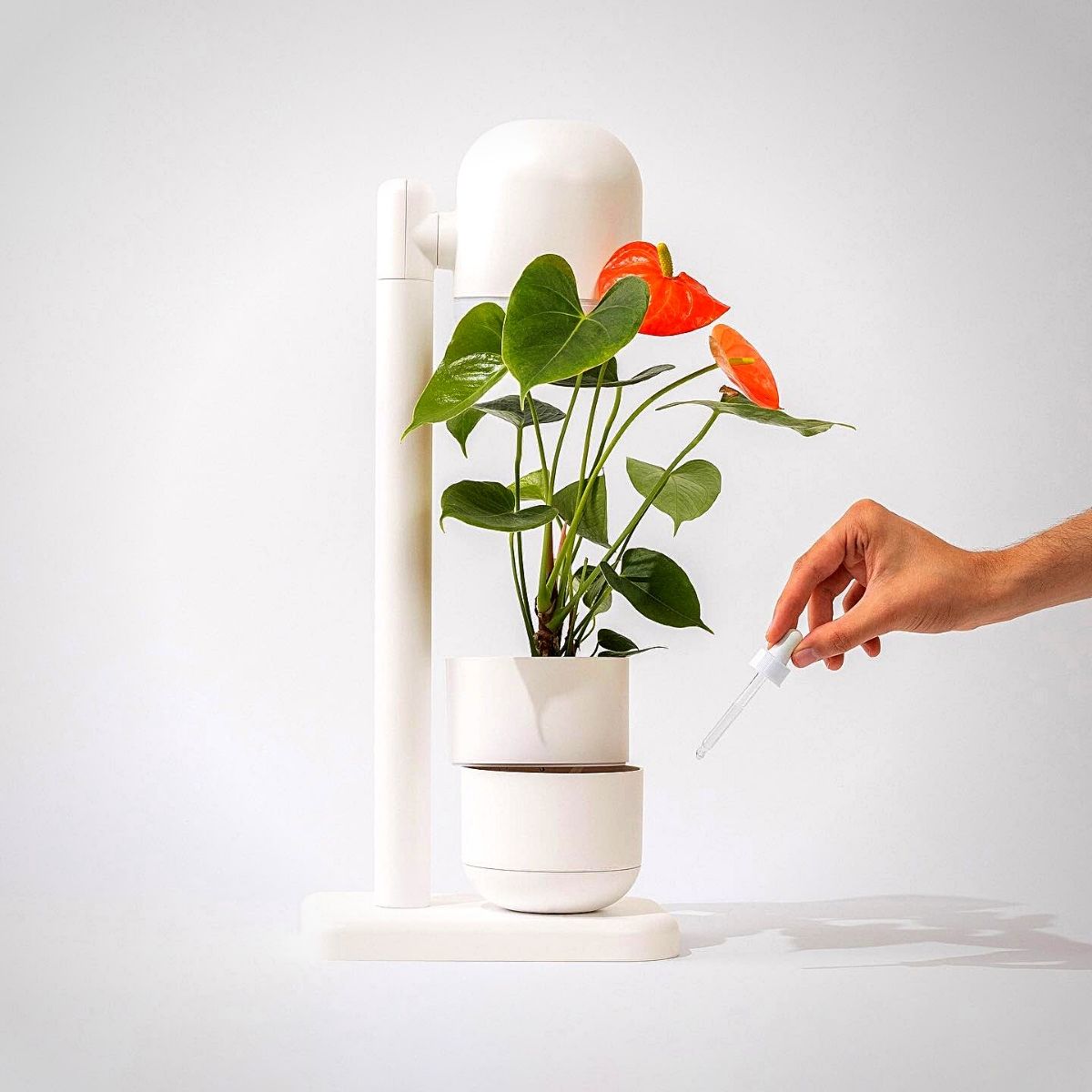
Photo by @moss.community
According to the research on gardening trends conducted using AI, certain concepts and trends are bound to thrive in the gardening scene. There will be an increase in gardening for mental health, the development of indoor gardening, a rise in edible landscaping, and more tech-integrated gardening trends.
Such trends that entail sustainable gardening putting emphasis on eco-friendly practices – including composting, rainwater harvesting, and using organic fertilizers - will continue to gain popularity, while correspondingly, urban gardening and community gardens will also thrive.
Also, indoor gardening will grow in popularity as urbanization increases. This includes the cultivation of houseplants, the use of hydroponics, and vertical gardening, such as creating a wonder wall. Smart gardening devices will also become much more common.
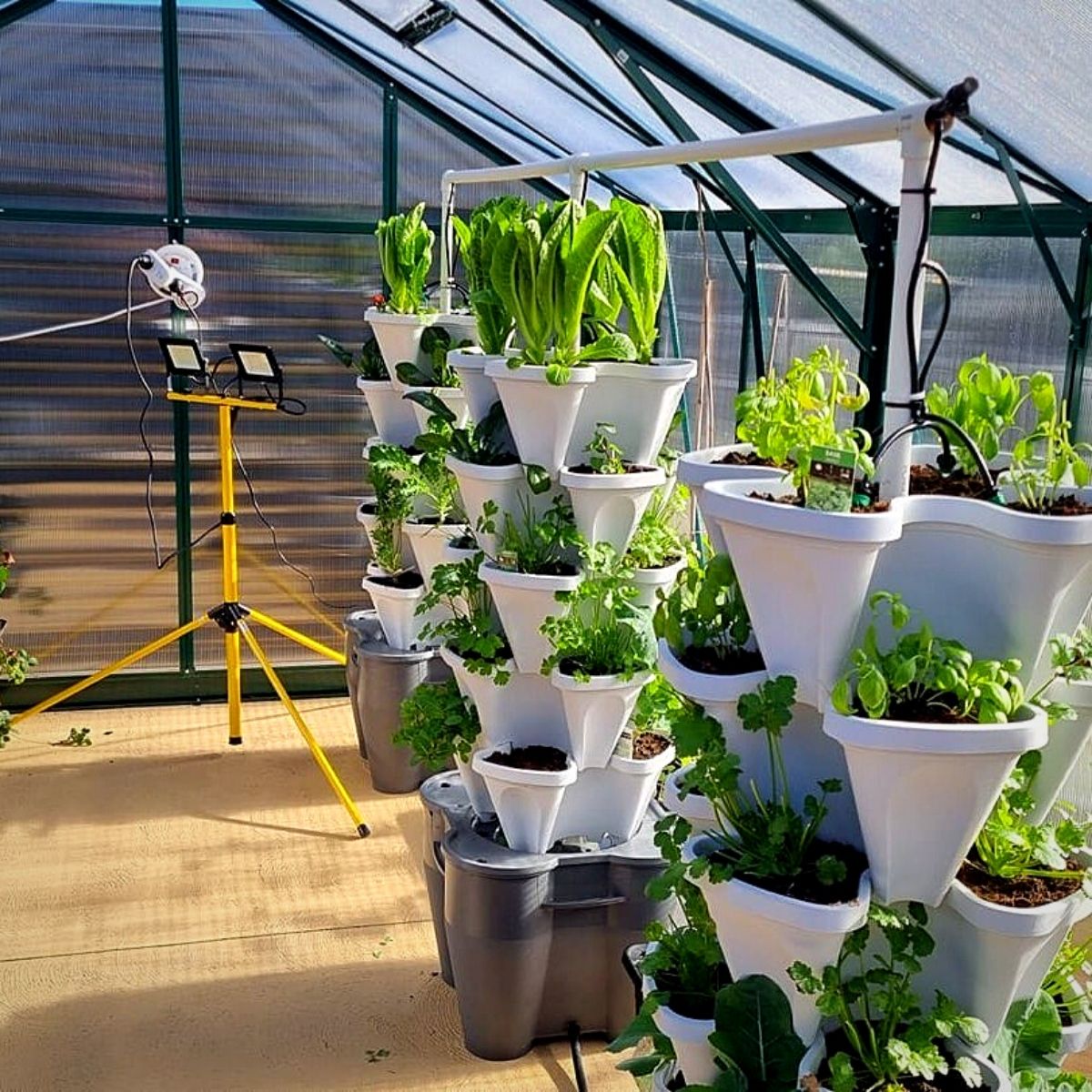
There will also be more focus on planting native species to support local ecosystems and promote biodiversity. This is a trend that aligns with conservation efforts and the yearning for resilient landscapes.
The understanding of the therapeutic benefits of plants and gardening will, likewise, continue to rise, leading to more people engaging in gardening as a way to reduce stress and improve their mental well-being.
David Domoney:
“I think that AI is slightly behind the curve here. The influence of search trends on the AI predictions is quite apparent. Gardening for mental health has been identified as beneficial by health and horticultural professionals since the late 1970’s. The influx of greater access to technology, smaller outdoor spaces in our homes, and the influence of social media is [and has always been] a driving force for many to seek out and spend more time outdoors amongst nature.”
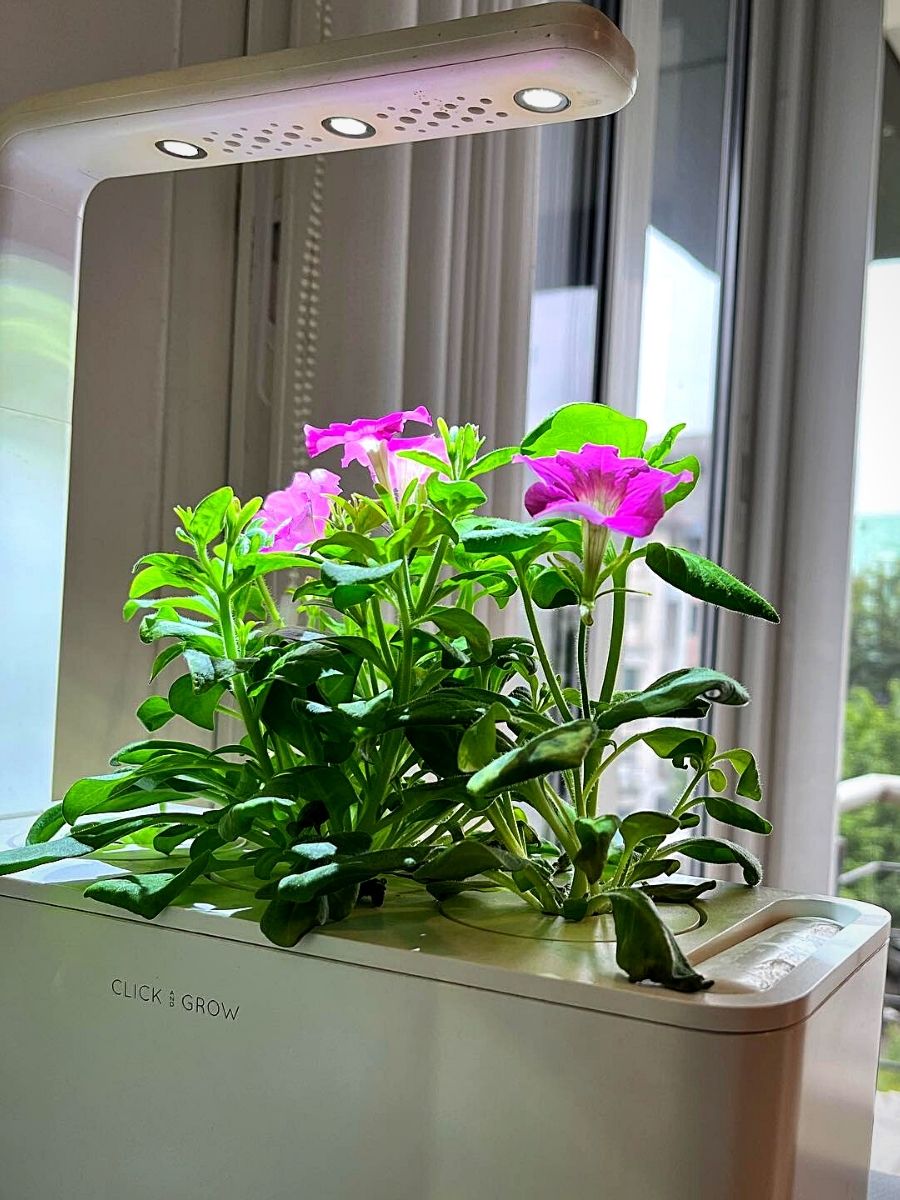
The increase in indoor gardening, according to David, is driven by the desire to have greater interaction with plants. As towns and cities grow and space is at a premium, there is heightened demand for indoor plants, particularly those that, research has shown, have benefits for homes and people’s health.
How AI Predicts Future Gardening Trends
As efforts continue to support native pollinators, there arises a greater desire to incorporate native plants into gardens, thus, raising awareness of this is a positive step forward. This is something that AI can help achieve through its recommendations.
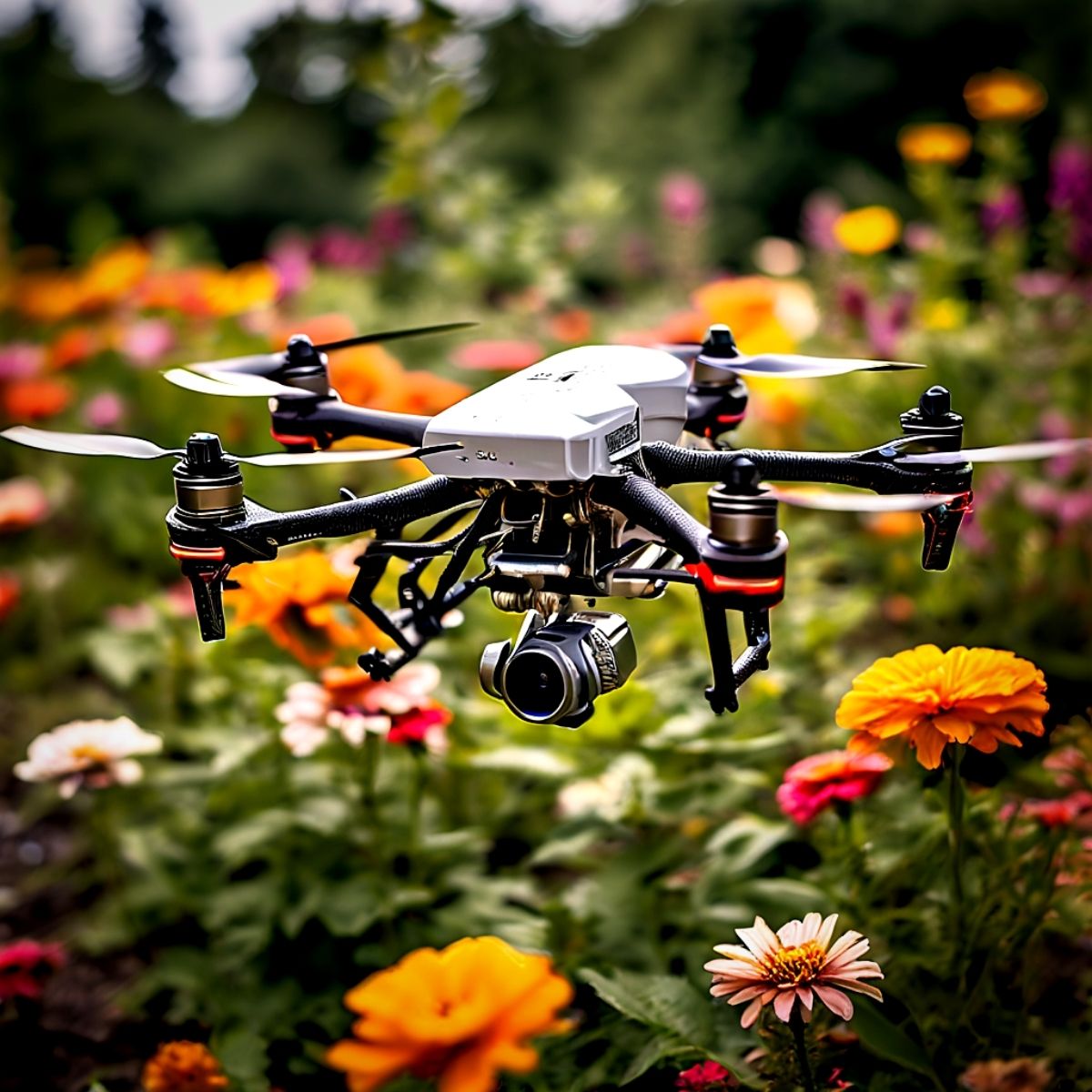
Also, the ongoing emphasis on sustainable gardening practices is a well-thought-out approach to looking after the environment, according to David who is also a chartered horticulturalist, author, and broadcaster. AI-predicted sustainable gardening practices are, certainly, something that should take center stage in gardens.
David also notes that the recognition that urbanization is on the rise, coupled with the popularity of indoor gardening, emphasizes the commitment to adaptable living. This is in addition to the acknowledgment that gardening is a therapeutic tool. Therefore, the AI-predicted trends are practices that are positive for gardening. Just so you know, here are some tips to design your indoor garden.
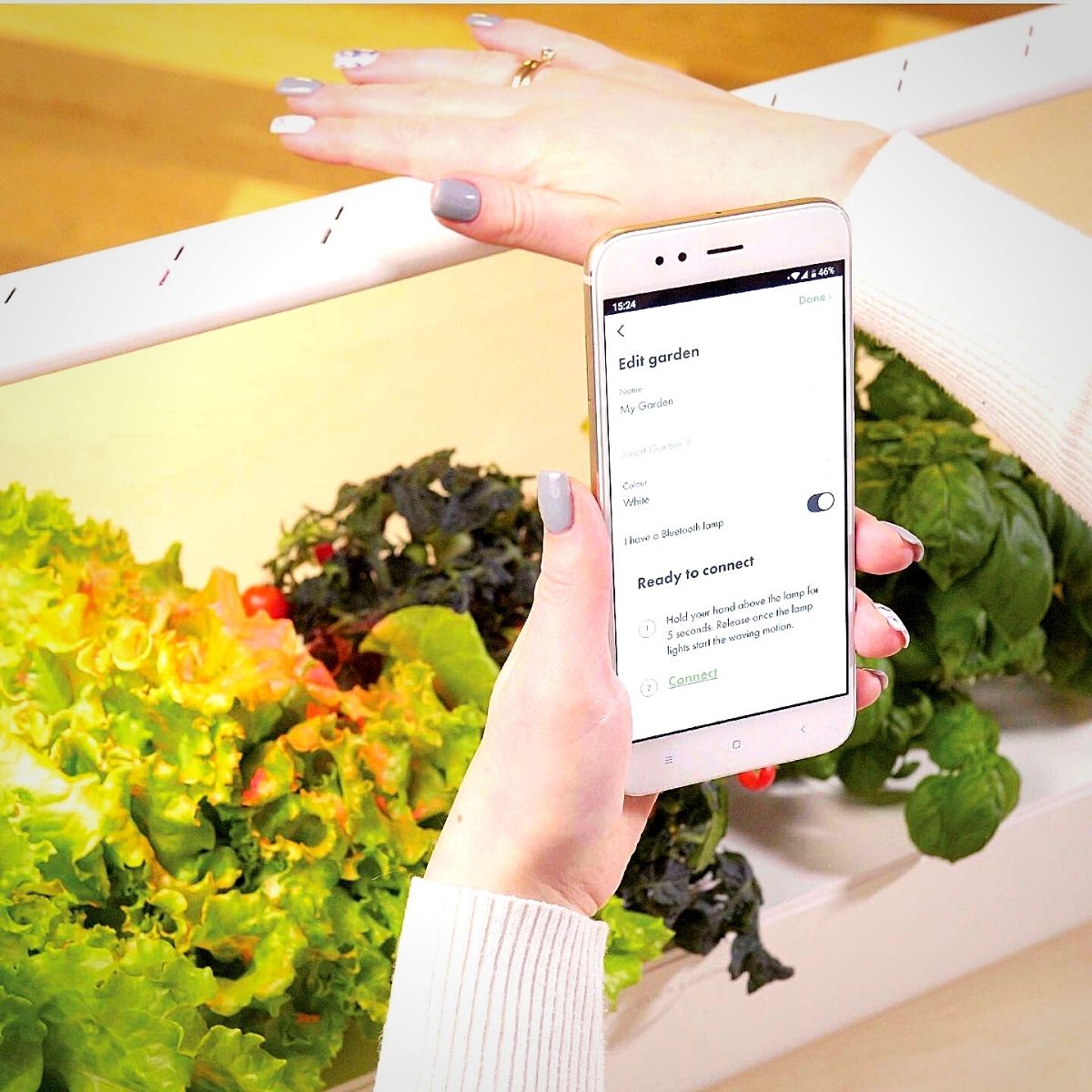
AI-Predicted Gardening Trends for the 2030s
According to AI predictions, in the 2030s there is expected to be a greater predisposition towards tech-integrated gardening as cutting-edge technologies, such as AI-driven plant care systems and robotic assistants for garden maintenance, will become more available and popular, with automation helping make gardening easier.
David:
“According to AI, gardening will change to include more smart technology to help keep plants healthy, with automatic systems and robots helping with garden tasks. It may sound a bit wild, but it is something that has already started, with robot lawnmowers and automatic watering systems already established.”
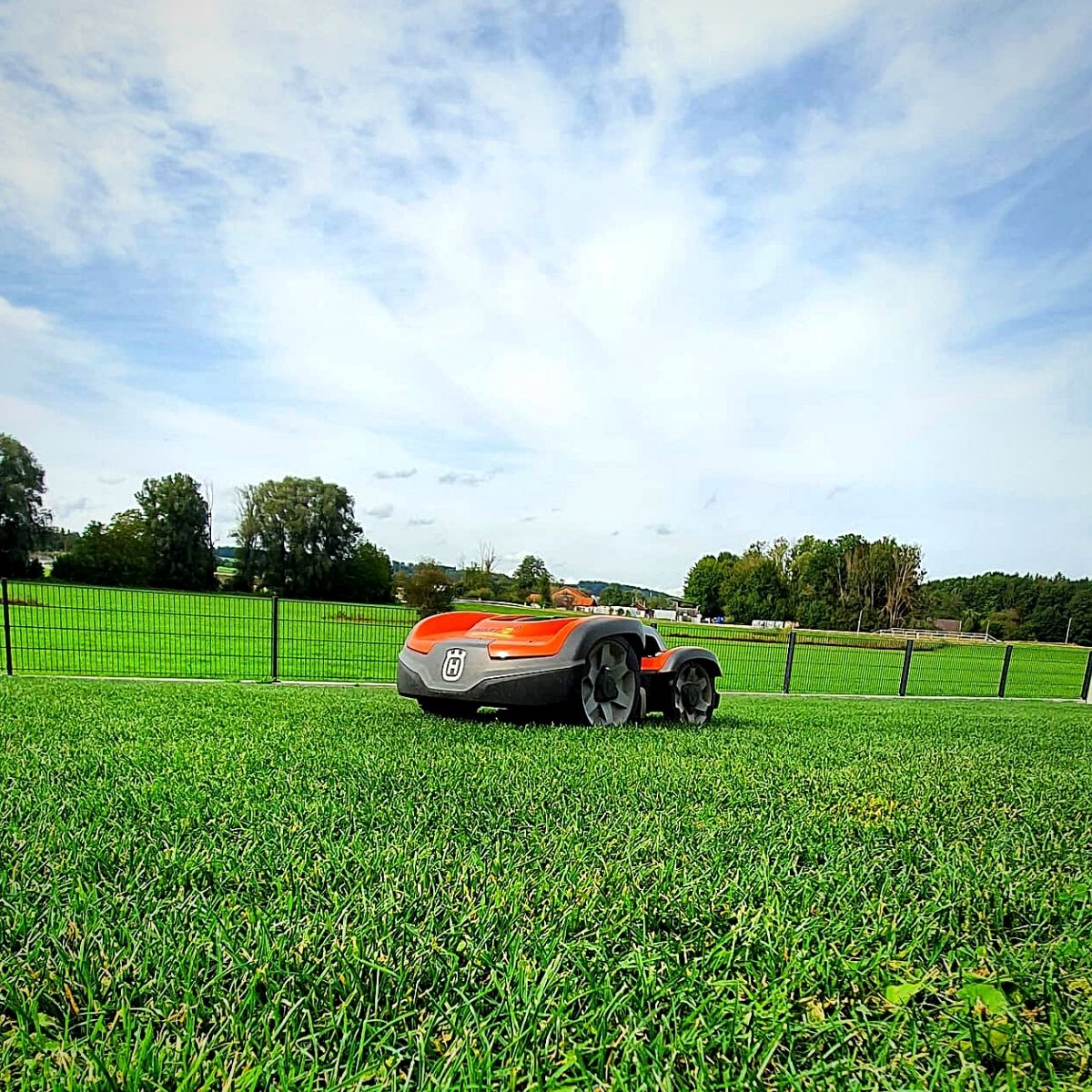
Photo by @smartgardening
David, also, believes that while the activity of gardening is good for the body and mind, there are those who live with disabilities or have limited time to commit to gardening, so such technologies will be beneficial to them.
Additionally, there will be more regenerative gardening. This is a practice focused on making the soil healthy, capturing carbon, and supporting microorganisms to create sustainable ecosystems. The incorporation of practices that focus on regenerating soil health, capturing carbon, and creating sustainable ecosystems, would make sense as people are becoming more conscious and aware of environmental issues and how they affect both plants and soil in their gardens.
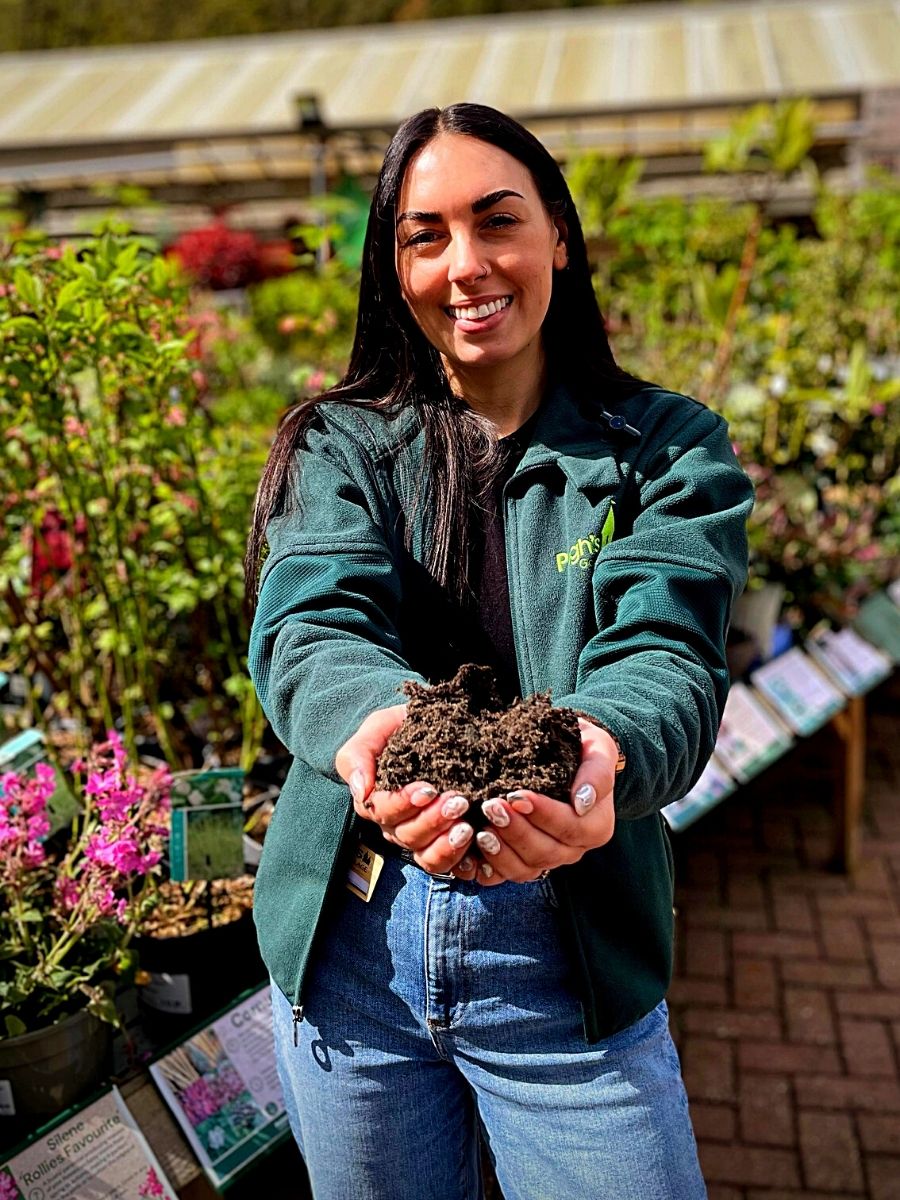
Photo by @pughsgardenvillage
Further to these, with the increasing impacts of climate change, climate-adaptive gardening trends will be prevalent. These incorporate a growing interest in plants and gardening practices that are resilient to unpredictable weather conditions.
David:
“Climate-adaptive gardening might see a rise, responding to the challenges of climate change by using plants and techniques that can handle extreme weather conditions.”
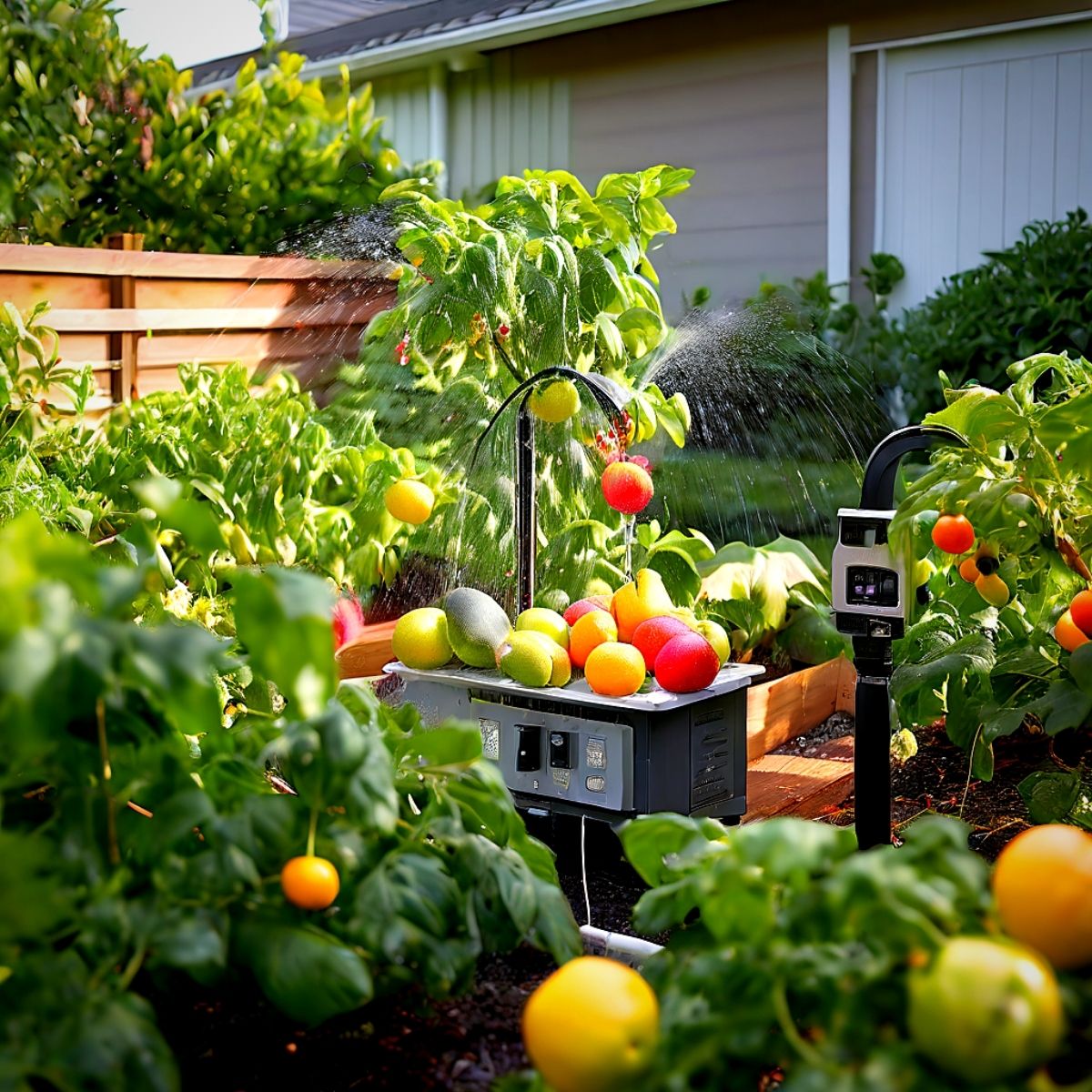
What’s more, edible landscaping, which entails integrating edible plants into traditional landscaping designs, will continue to be popular, driven by the desire for fresh, homegrown produce. Growing one’s own food as part of a garden design, is something that David says he would love to see become popular again. Just as Potager gardens were used during the French Renaissance, the 2030s could be a very exciting and revolutionary year for ‘smart’ gardening.’
Gardening Trends for the 2040s Predicted by AI
For the 2040s, as urban spaces become more limited, there might be a surge in creative, space-efficient gardening solutions, such as vertical farms, rooftop gardens, compact gardening and container gardens. Some of these trends are in use today.
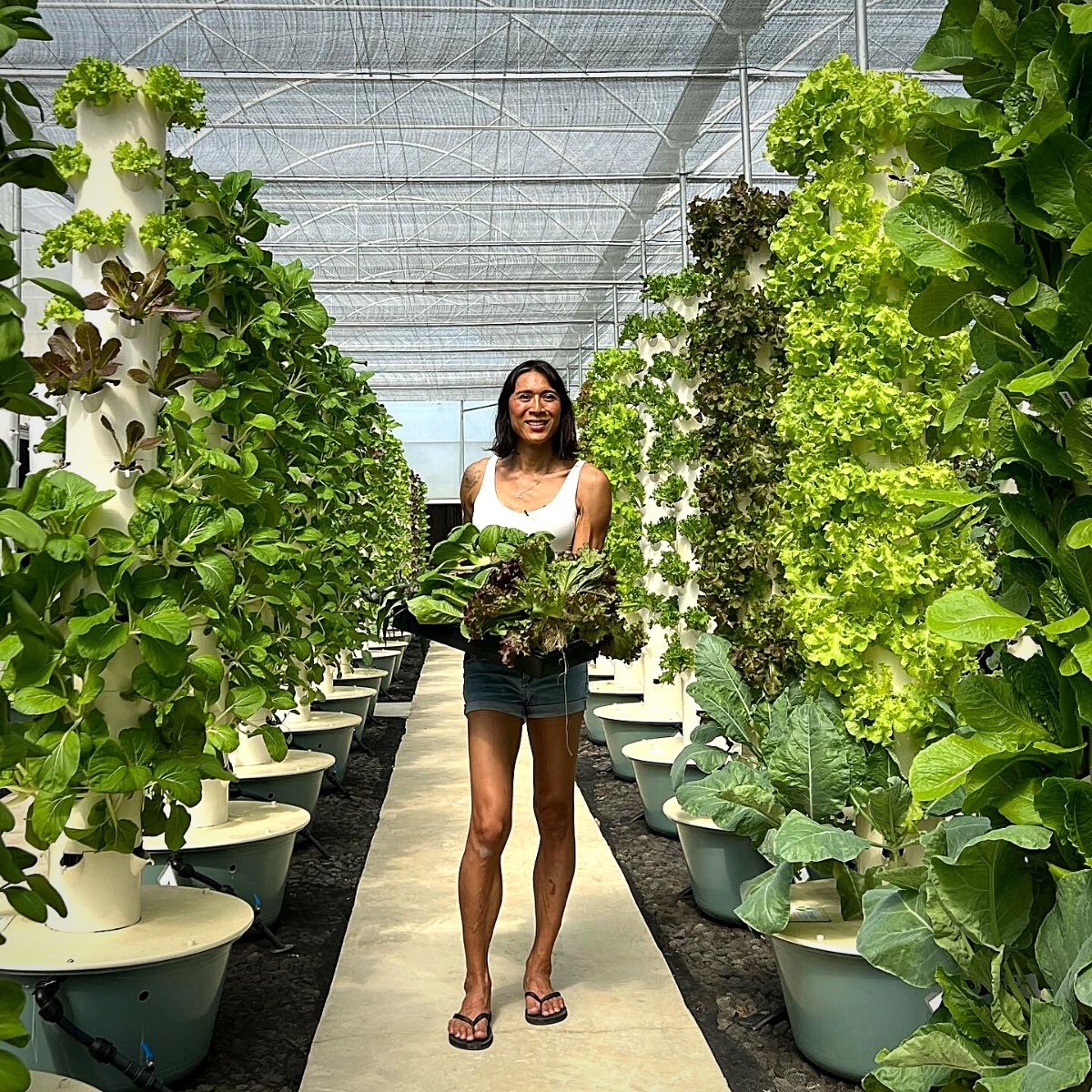
Photo by @angiemeadking
David explains:
“These trends sound like something out of the future, and while they may seem near impossible, a vision of a world where they come to light is very inspiring. Imagine your garden utilizing space-efficient solutions like vertical farms, rooftop gardens, and compact container gardens - it's a challenging prospect, but the potential for transforming how we utilize our spaces is really interesting.”
More commonplace will, also, be biophilic designs, which encompass the incorporation of natural elements into architectural designs and city planning. This will lead to a greater integration of green spaces that promote a closer connection to nature.
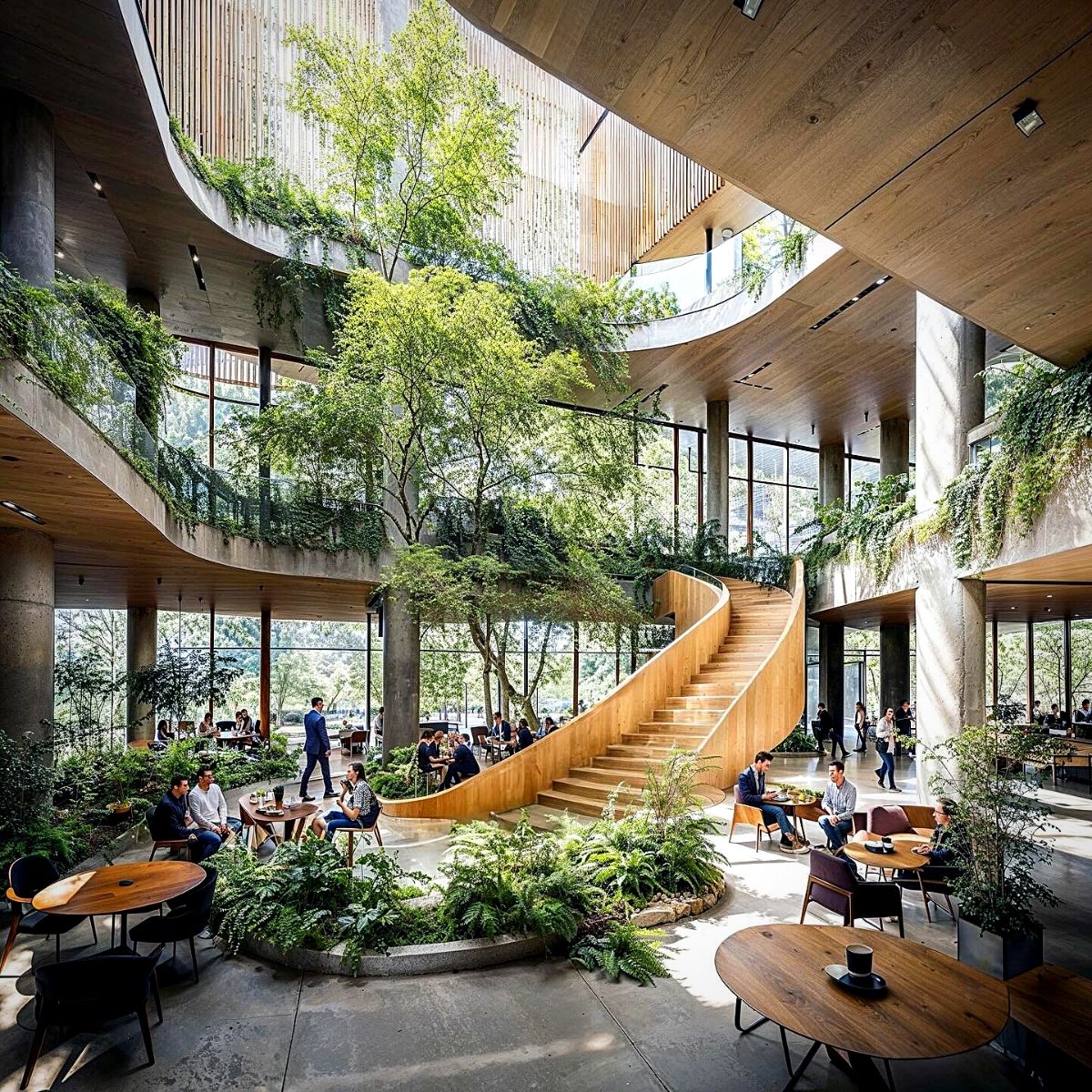
Photo by @syntheticarchitecture
Moreover, global collaboration in gardening - meaning increased connectivity and awareness – could see communities around the world sharing knowledge and resources for sustainable and diverse gardens.
The vision of a world where all these innovative trends take root could potentially shape the entire future of gardening into something really incredible; making gardens look exactly how one would want them with the ease of modern technology and space utilization never thought of before.
There Will, However, Still Be a Human Element in Gardening
Even so, the human element will always remain in gardening. The interaction with nature by hand, and the process of humans engaging with plants are still - for David and many other gardening enthusiasts - a desired option.
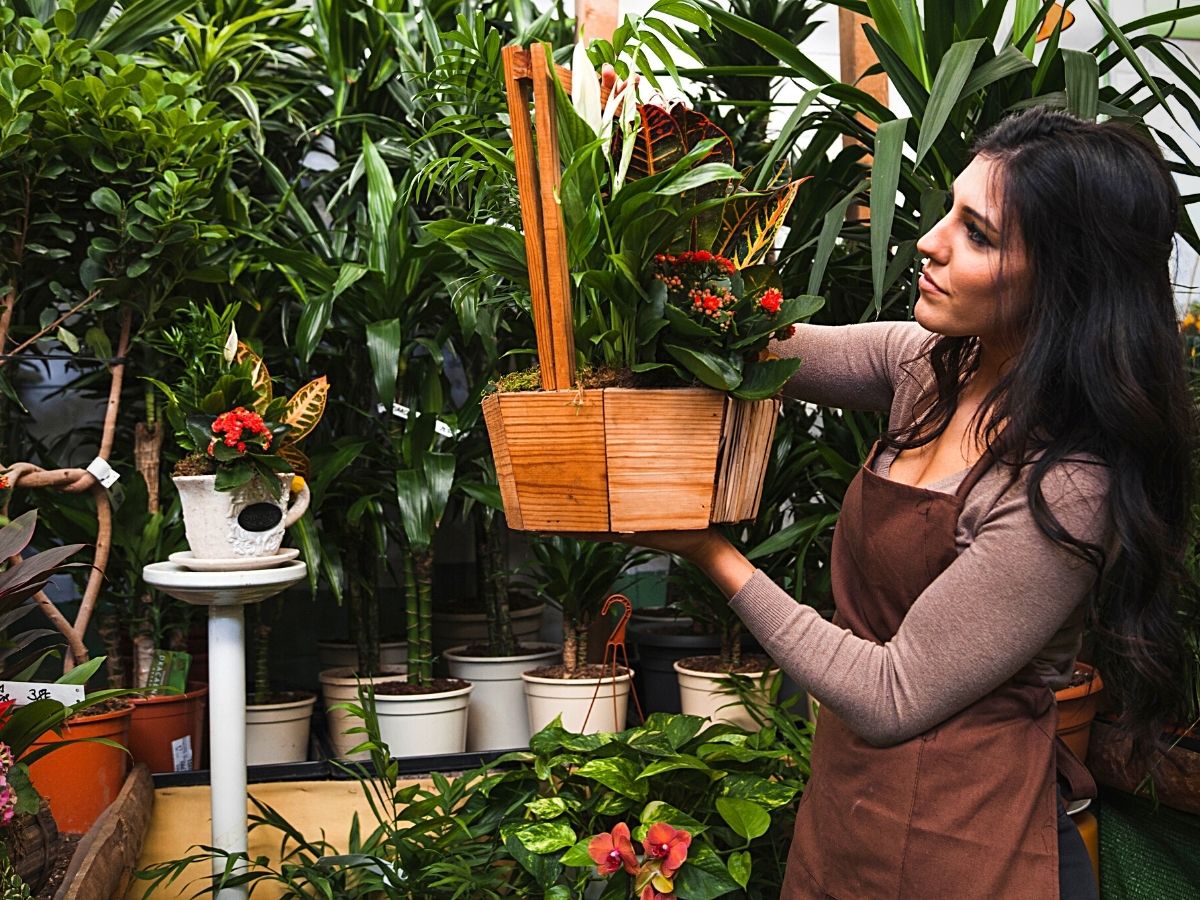
Photo by freepik
But then again, having an ‘autopilot’ in the garden, to assist - and care – in gardening while one is away, or incapable of physical gardening will be beneficial.
Header image by Quang Nguyen Vinh

